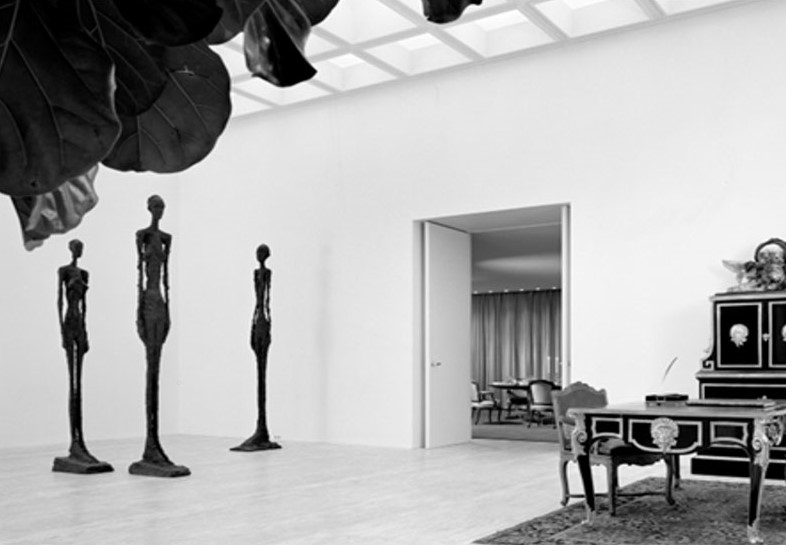The Baron Lambert collection dates from the mid-twentieth century and stands as one of the most prominent private collections in Belgium. It originally belonged to Banque Lambert which, following a merger with Banque de Bruxelles in 1975, gave birth to Banque Bruxelles Lambert (BBL). In 1998, the latter was subsequently taken over by ING Belgium. In the context of an in-depth renovation of its headquarters in Brussels, the future of its art collection must be resolved along with the question of new global, health, and geopolitical crises. Through the analysis of the bank’s evolving relationship to its art collection, this thesis aims to answer a pressing question: what is the meaning of ING Belgium’s art collection throughout its history and what does that mean today?
The collection as heritage and its alienability Baron Léon Lambert (1928–1987) represented the fourth generation of a dynasty of Belgian bankers, and the international recognition of his art collection made headlines in the press, such as the sale of part of his collection following his death; the strong-handed takeover of the bank by the Dutch group ING in 1998; and the 2013 sale of the first cast of Henry Moore’s Locking Piece (1962–64; fig. 1), a sculpture that Moore had dedicated to the baron.1 The alienability of part of Baron Lambert’s collection was experienced by some as a loss for “Belgian heritage.” The former head of the ING Art Department, Patricia De Peuter, describe in an interview how the sale of Moore’s Locking Piece generated a major debate on the definition of heritage and its national or international framework.
